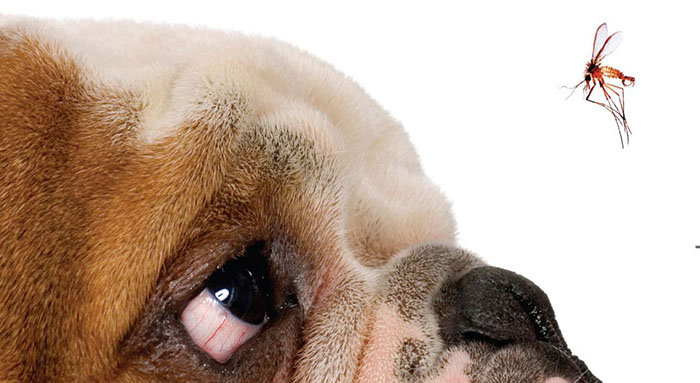This is a vey common diasease in our pets and, like in humans, can have fatal consecuences.
Diabetes mellitus is the medical name for a type of diabetes that needs insuline to be treated, in other words, diabetes insulin-dependent. This disease is characterized by having low levels of insulin in blood due to the fact that the pancreas can not produce this essential hormone, as a consecuance diabetic animals will end having a high level of glucose in blood which can cause multiples problems.
Most dogs are 4 to 14 years old at the time diabetes mellitus is diagnosed, with peak prevalence at 7 to 9 years of age. Female dogs are affected about twice as frequently as male dogs. There are also genetic predispositions, the breeds most commonly affected are Pulik, Cairn Terriers and Miniature Pinschers but others like Poodles, Dachshunds, Miniature Schnauzers and Beagles are also frequently affected breeds. In any case you must know any kind of dog could be potentlially affected by diabetes.
Although diabetes mellitus may be diagnosed in cats of any age, most diabetic cats are more than 6 years old at the time of diagnosis. Diabetes occurs predominantly in neutered male cats, and there is no apparent breed predisposition.
How do I know if my pet is diabetic?
The history in virtually all diabetic animals includes the classic signs of drinking a lot, urinating a lot, eating a lot but loosing weight. A common complaint of cat owners is the constant need to change the litter. Occasionally owners bring in a dog because of sudden blindness caused by cataract formation or a cat because or back legs weakness and a “plantigrade posture”. If the clinical signs associated with uncomplicated diabetes are not observed by the owner and cataracts or back legs weakness does not develop, a diabetic dog or cat is at risk for the development of the systemic signs of illness, some of this signs includes hepatic lipidosis “fat liver”, cataracts, lethargy, anorexia, vomiting… normally if ketones (toxines) and metabolic acidosis develop and worsen. In this case the animal will be dehidrated, weak, breathing very rapidly and sometimes they develop a strong odor of acetone on the breath. All diabetic animals are also prone to have cystitis (infection of the bladder) due to the fact they will eliminate some glucose in their urine causing an ideal eviroment in the bladder for bacterial growth.
Diagnosis
For diabetes mellitus to be diagnosed the animal must show the appropriate clinical signs (drinking, eating and urinating in excess and weight loss) and a persistent high glucose levels in blood and urine, a blood and urine sample is normally enough for your vet to diagnosed diabetes mellitus although sometimes animals under stress can have a blood test results showing high glucose and not being a diabetic, in any case this is not common and your vet should be able to do other kind of blood test to make sure your pet is definitly diabetic.
Treatment
Most of the diabetic animals we treat need insuline injections twice daily to mantain the glucose levels close to normal, this may sound a bit complicated to you but, in fact, it is a very easy thing to do, in our practice we training the owners and show them how to do it.
As important as the insulin, is the diet therapy, insulin injections will make the animal gain weight and sometimes they are at risk of became obese. The diet therapy should be initiated in all diabetic dogs and cats, regardless of the type of diabetes present. Dietary therapy should be directed at eliminating obesity, maintaining consistency in the timing and caloric content of the meals and minimizing the fluctuations in the blood glucose concentration. Exercise plays an important role in maintaining glucose level control in diabetic animals by helping promote weight loss and by eliminating the insuline resistance induced by obesity.




